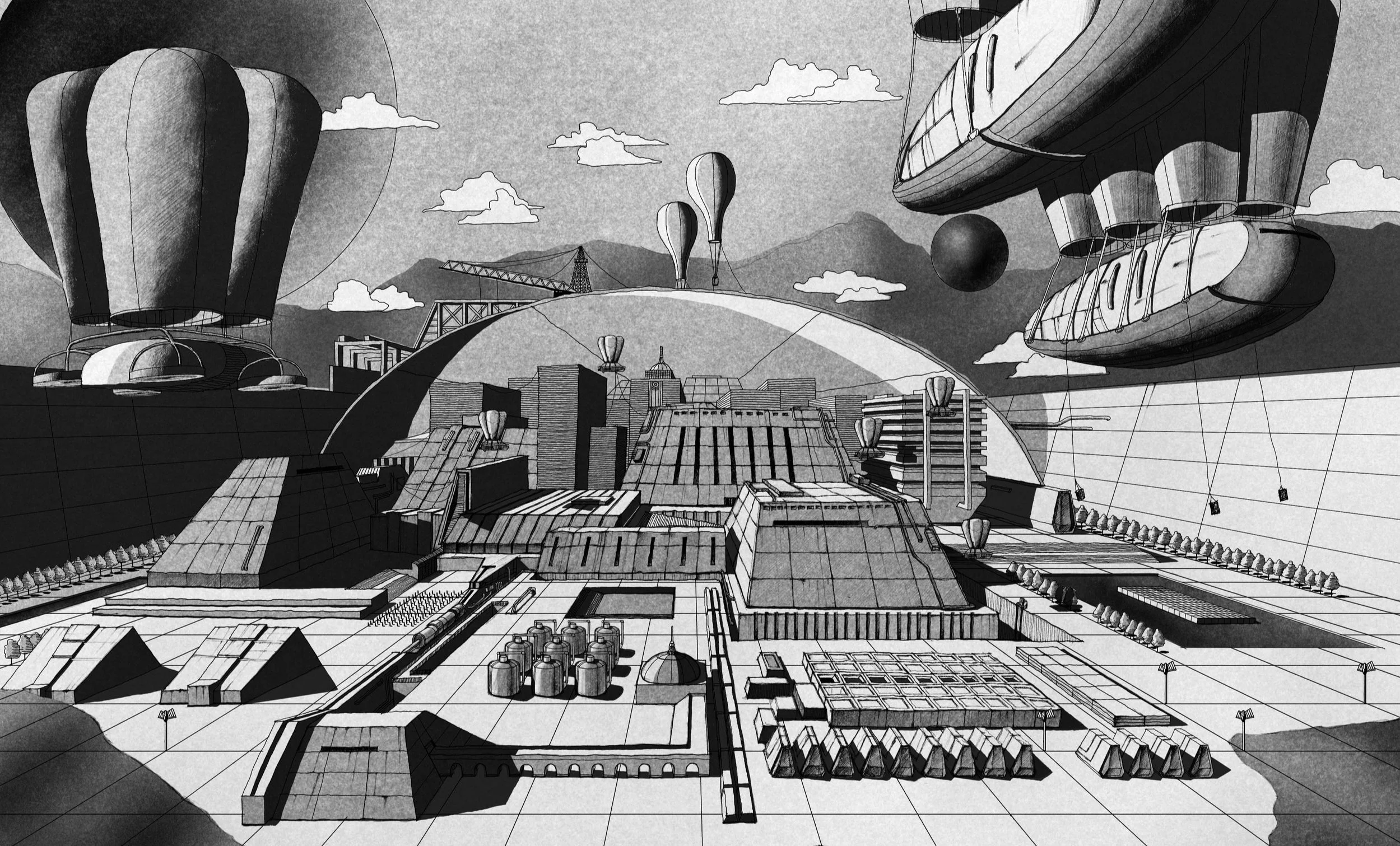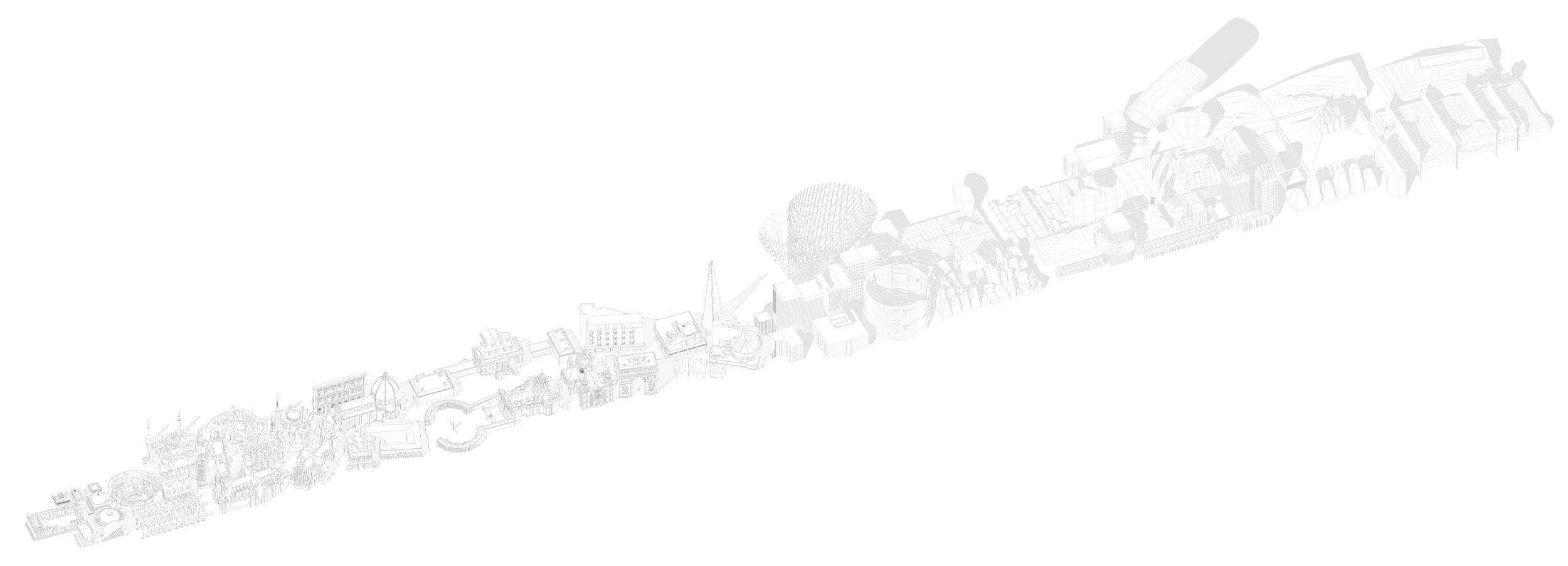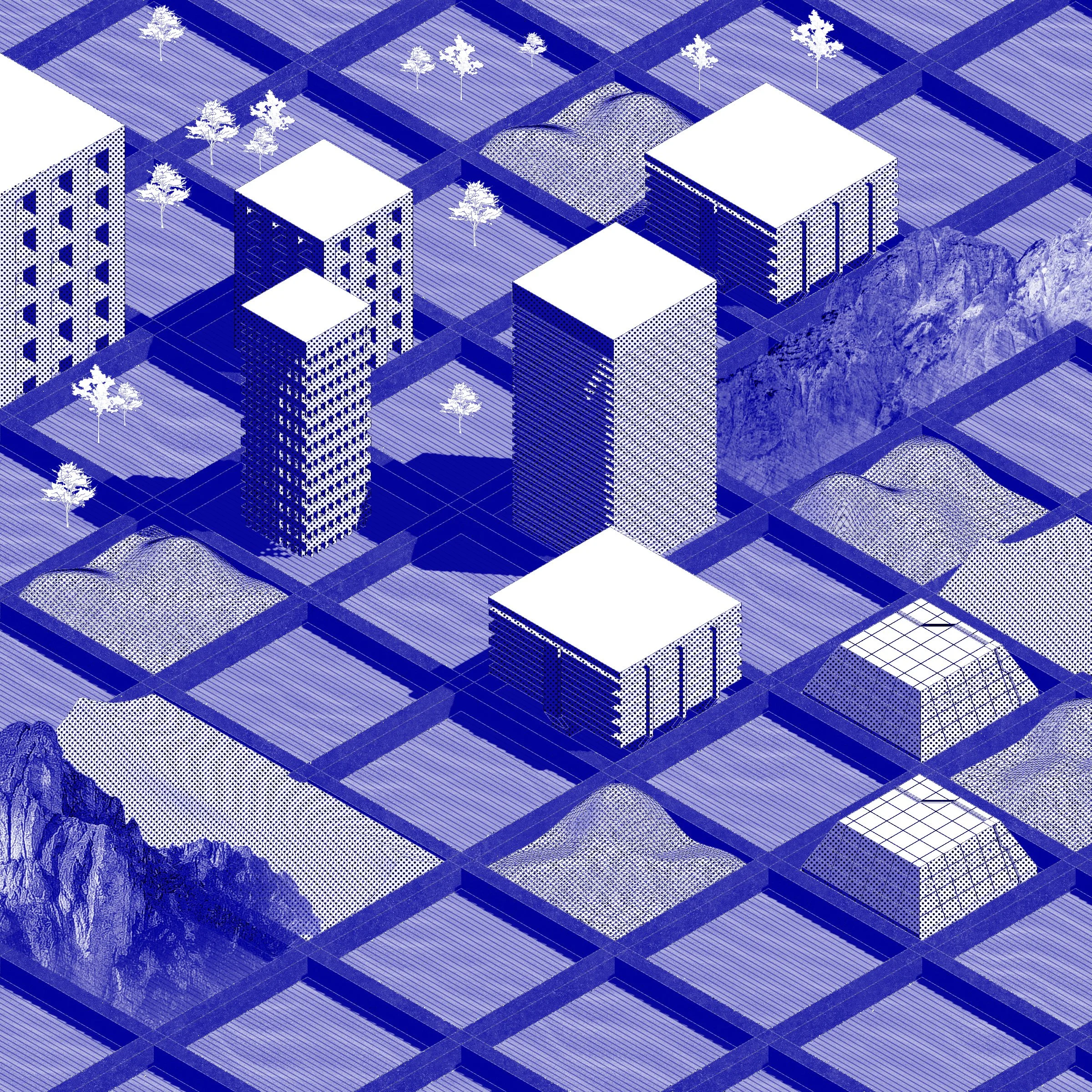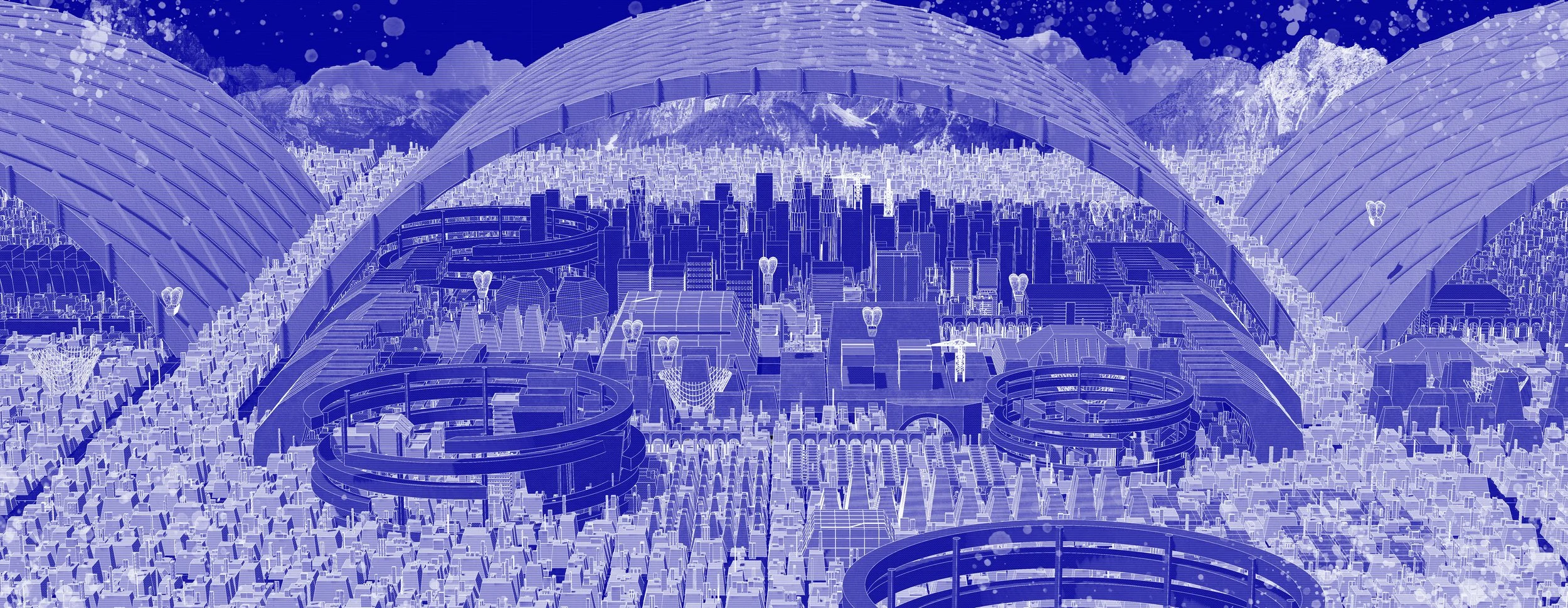Narrative Architecture: Exploring Future Scenarios Inspired By The Movie "Dune"
Architectural Design Thesis Project | Sheffield School of Architecture
Instructor: Dr Felipe Lanuza | Spring 2023
This thesis project explores how science fiction, particularly the film Dune, can inspire innovative architectural design. By analyzing scenes from the film using Bernard Tschumi's theories on events, movements, and spaces, the research develops new architectural ideas and spatial vocabularies. The study demonstrates that science fiction films can be valuable sources of inspiration for architects. The visual and thematic richness of Dune provides a fertile ground for envisioning future architectural possibilities. However, the research has limitations, such as its focus on a single film and the lack of practical design examples. Future research should broaden the scope to include more science fiction films, incorporate real-world design cases, and deepen the discussion on historical and future architectural concepts.
Overall, this project establishes a foundation for integrating science fiction narratives into architectural design, offering a novel perspective for future research and practice in the field.
BREAK DOWN EACH FRAME
EVENTS, MOVEMENTS AND SPACE 01
Tschumi's "Red is Not a Color" states the footage captures the trajectory and event. It shows light, shadow, direction and force of movement in black-and-white space. This prompts an analysis of the movement trajectory and spatial possibilities. The images show dots for direction, arrows for movement, and white for light. I've assumed a geometric volume to express the spatial possibilities.
EVENTS, MOVEMENTS AND SPACE 02
The continuous movement produces geometric space. The montage embodies cinematic expression, with one direction following another (arrows). Using a single perspective displays continuity. The directionality increases speed in the fight scene. Speed and tech are shown as residual shadows. The camera angles switch in static space, accelerating the fast-paced rhythm of the training.
CONFLICTS AND PERSPECTIVE
The film's perspective focuses on the characters. This sequence expresses emotions visually rather than verbally. The actors' eye lines guide the spatial sense and emotional exchange. The first line marks each head, adding the perspective angle as dotted lines showing gaze direction. The second line delineates the spatial scope evolving from the line of sight.
GEOMETRY AND SYMBOLISM
I investigated the geometry when House Atreides arrived in Arrakis. Pyramids and crafts symbolize power. But on Dune, inverted trapezoids and pyramids represent the coming fall of House Atreides. Analyzing the geometry revealed symbolic meaning. The concept behind each shape expresses the design approach.
FOOTAGE AND URBAN
The lens represents perspective in film and spatial design. It shows continuity and the connection between the city and architecture. Reimagined architectural thinking affects me here, as Amy Butt described how designers see sci-fi films. The director's portrayal of the city and architecture in the extreme environment is absorbed as an experience.
FOOTAGE OF CAMERA
The lens zoom technique evokes a sense of emergency and negative emotions through elongated spatial sequences. Impending catastrophe is woven into the spaces.
The ongoing future
Another method of narrative development is to look at the history of architecture as a whole and make assumptions about the future based on experience. From the Paleo-Roman period to modernism, architecture has continued to change. Various conceptualisms have been proposed and implemented. Will the idea of modernism become history? What must be assumed here is that in the far future, will the changes in human lifestyles become the elements that will shape our new scenarios? Of course, before we can do that, we need to make a judgement, and the material for that judgement is the science fiction film 'Dune'. Although it is only one vision of the future, the film aims to provide vital context. Can
these backgrounds, based on the old social systems
of humanity, as they are presented on the screen, allow current generations to reflect on the past and create a more visionary future. History is a source of reference and a judgment for the future. The value of exploring the past is to design a possible future picture from the knowledge gained. This means that the past is the basis for designing the future (Pilsitz, 2017). Based on this foundation, the changes in history's various definitions are utilised to speculate on future architectural scenarios.
HISTORY AS A REFERENCE
In the transcription process, I observed that the narrative of certain scenes could not be transcribed. In transcription, many details are easily overlooked and difficult to express. Overall, the scenes provide a wealth of speculative information about the future. I have also observed that some parts must be simplified when translating a graphic into a physical model. Some images can appear in a graphic image but not as an actual physical model. Eventually, I developed the final physical 3D concept model using observations of the scene and simple background story elements.
OBSERVATION
After the methodology has interpreted the film’s message, a scene reconstruction is designed. The collision of different elements creates a new spatial vocabulary. Each scene is reconstructed as a different narrative, just as the film's scenes are constructed. Each scene has a different expression and a different event. From the movie 'Dune', it is deduced what circumstances each element can provide and what new environments can be created by the action. At the same time, modern elements are added to the architecture, and historical elements (i.e. modernism) are extracted from the composition from a futuristic point of view. Different points in time lead to different perspectives. These scenes may be less usable, but they may express a new type of event in the future.




























